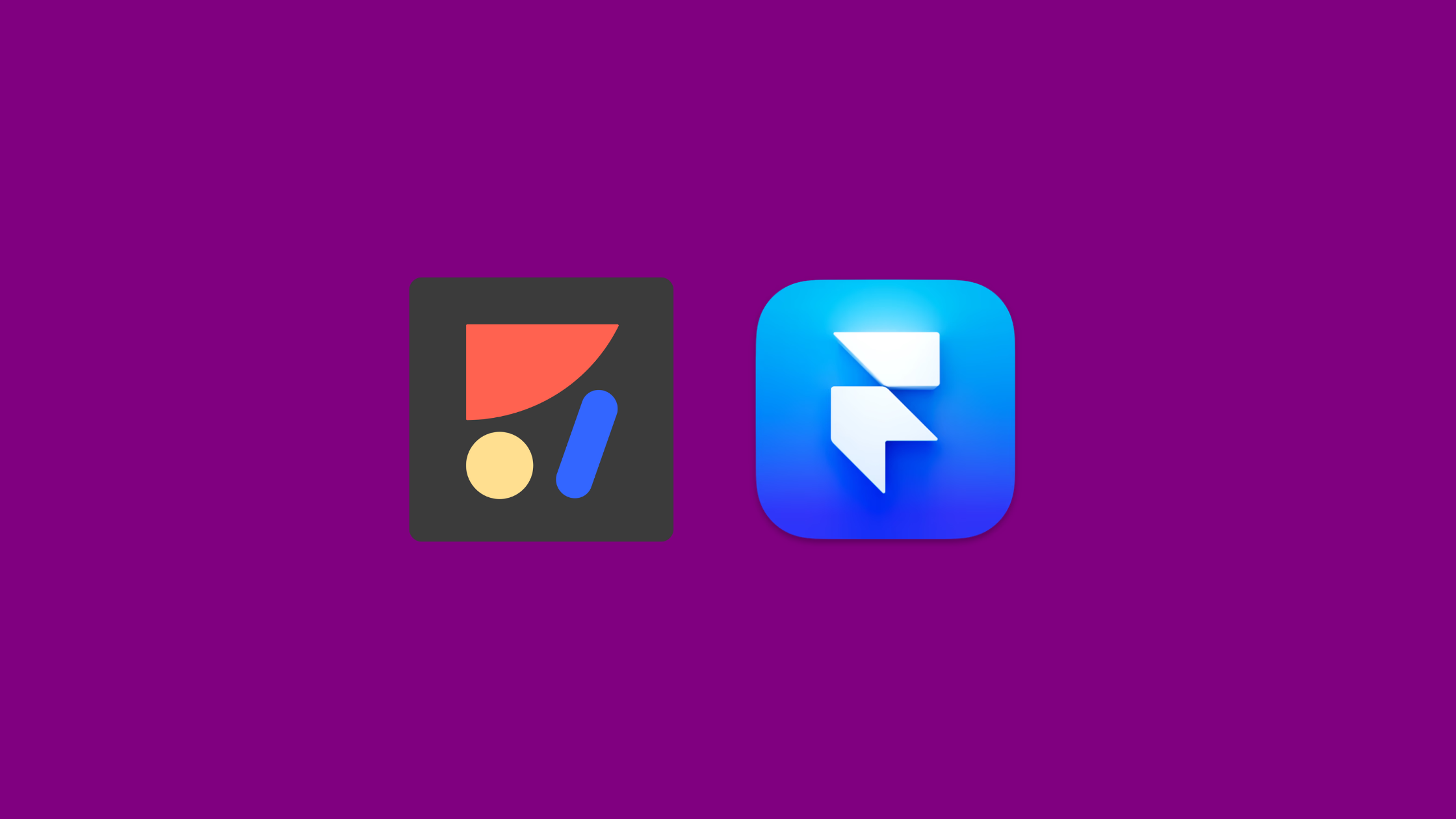
Prototyping can improve by 25% the time to market (according to McKinsey).
This is why it is pivotal to pick the right tool when you start working at new project.
Anima and Framer: What They Bring to the Table
Anima is a high-fidelity prototyping tool that generates source code from a given Figma design. If the design changes code needs to be generated again and there is no sync between Figma and the final product as it evolves (differently from Polipo).
Framer is primarily a website builder, though it is used as a prototyping tool due to its relatively powerful visual editor and ease to deploy.
While Anima appeals to developers accepting to compromise with source code that could harder to maintain, Framer has received praise from the designers community for its ability to make their work immediately visible for their client without any development.
When to Choose Anima, When to Go with Framer
Go for Anima if:
- You prefer to design within your existing tools (Figma, Adobe XD, Sketch),
- Development is key to your project success.
Choose Framer if:
- You require advanced prototyping features with quality animations and interactions.
- You're comfortable designing within Framer's environment or are willing to transition your designs into it.
- Exporting code is not a primary concern.
Shortly, if you strongly separate prototyping from getting into a production environment, Framer looks like a better fit.
What About Polipo?
What if you know integrating and maintain source code will take the same amount of time writing it?
What if you want to work in parallel, together with your developer, without interrupting sprints?
At Polipo, we are building precisely that.
Curious about it?
Start here.